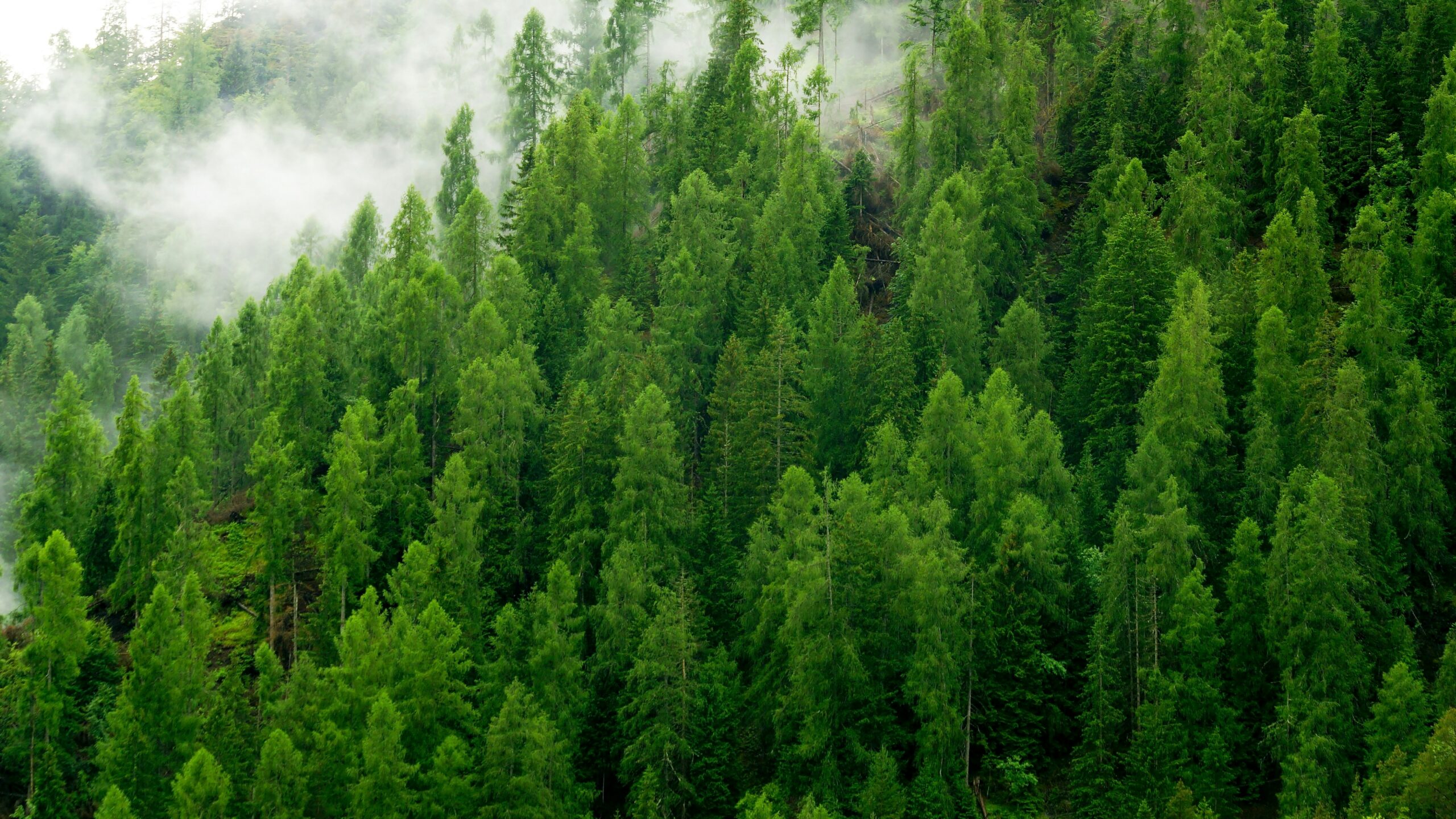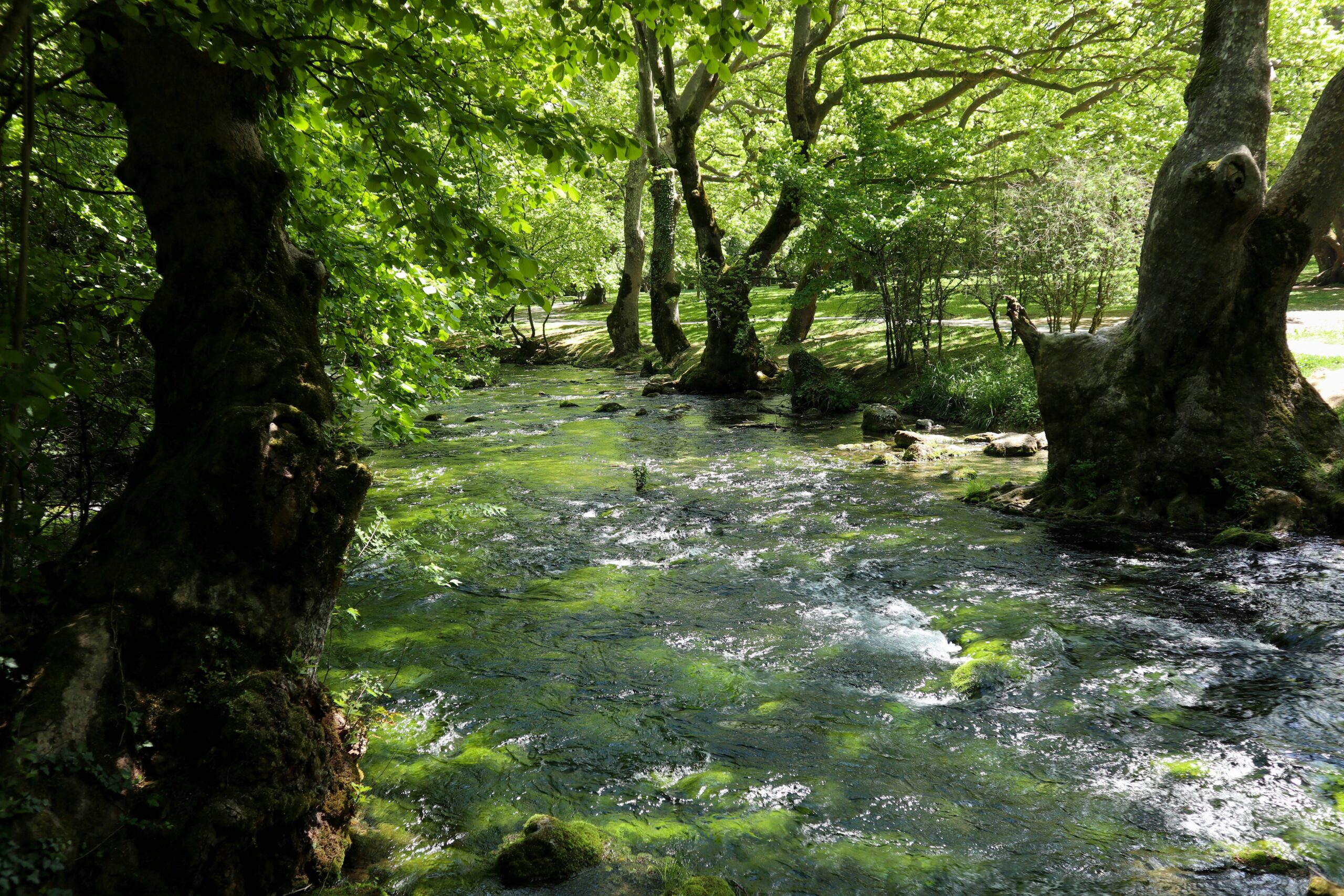Climate change feels like a massive, global issue, but what if part of the solution is growing right outside your window? For nature lovers and everyday people alike, the connection between nature and climate change solutions is not just real—it’s powerful. The good news? You don’t need to be a scientist or policy-maker to make a difference. Nature itself offers practical, accessible solutions to climate change that you can support every day. In this article, we’ll explore how your love for the outdoors, birds, trees, and green spaces can play a role in healing our planet, how nature can fight climate change.
Let’s dive into simple, yet impactful ways nature can be a part of the solution for climate change —and how you can help.
Nature as a Natural Carbon Sink
One of nature’s most important roles in fighting climate change is acting as a carbon sink. Forests, wetlands, oceans, and soil absorb carbon dioxide from the atmosphere and help stabilize the Earth’s temperature.
Here are a few key natural carbon sinks:
- Forests and trees: A single mature tree can absorb around 22 kg of CO2 per year.
- Wetlands and peatlands: These areas store massive amounts of carbon underground.
- Soil and grasslands: Healthy soil can store carbon for centuries.
What You Can Do:
- Support reforestation projects in your region or globally.
- Plant native trees in your garden or neighborhood.
- Avoid excessive soil disturbance in your garden to maintain carbon-rich layers.
Even simple actions like leaving fallen leaves to decompose naturally enriches the soil and supports carbon capture.
According to the United Nations Environment Programme, natural carbon sinks like forests and wetlands play a vital role in balancing the climate.
Restoring Biodiversity in Your Backyard
Nature thrives in balance, and biodiversity helps maintain that harmony. When ecosystems are diverse and full of life, they are better able to withstand changes—including climate stress.
Encouraging biodiversity can also support pollinators, create habitats for birds, and increase the resilience of local green spaces.
Here’s how you can help restore biodiversity:
- Grow native plants: These attract local insects, birds, and animals.
- Create a bird-friendly space: Install birdhouses, water sources, and food stations.
- Avoid pesticides: Chemicals disrupt the food chain and kill helpful insects.
Even on a small balcony, a container garden with native herbs or flowers can support butterflies, bees, and birds.
Using Green Spaces to Cool Our Cities

Urban areas trap heat. This “urban heat island” effect raises temperatures, increases energy use, and worsens health issues. But nature has a cooling solution: green spaces.
Trees, parks, green roofs, and even window planters can make cities more liveable and lower greenhouse gas emissions. They provide shade, purify the air, and absorb rainwater.
You can contribute to cooler, greener spaces by:
- Participating in urban greening initiatives.
- Planting vines and greenery around your home or apartment.
- Supporting local policies that protect and expand green infrastructure.
When you walk in a shaded park on a hot day, you’re not just cooling off—you’re experiencing nature’s climate solution firsthand.
Composting and Soil Health
Healthy soil is a quiet climate hero. Furthermore, not only does it support plant growth, but it also locks away carbon underground. Composting organic waste helps return valuable nutrients to the soil, reducing the need for chemical fertilizers (which emit greenhouse gases).
Composting tips for beginners:
- Compost kitchen scraps like fruit peels, coffee grounds, and eggshells.
- Avoid meat, dairy, and oily foods in a home compost bin.
- Turn your compost regularly to keep it aerated and speed up decomposition.
By composting, you’re directly supporting the carbon cycle and helping the Earth regenerate naturally. If you’re new to composting, the NRDC’s Composting 101 guide is a fantastic starting point with simple steps for beginners.
Nature-Based Climate Solutions Around the World
Across the globe, communities are turning to nature to address climate change in effective and sustainable ways.
Examples include:
- Mangrove restoration in coastal areas to prevent flooding and absorb carbon.
- Agroforestry practices in Africa that integrate trees with crops.
- Rewilding efforts in Europe that bring back native species and revive ecosystems.
You can learn about these initiatives and support them through donations, spreading awareness, or even volunteering while traveling.
Eco-Friendly Gardening and Landscaping
Your garden can be more than a place of beauty—it can also be a climate action zone. Eco-friendly gardening supports biodiversity, reduces emissions, and improves soil health.
Try these sustainable gardening tips:
- Use mulch to retain moisture and reduce water use.
- Choose drought-resistant native plants to save water.
- Install a rain barrel to collect and reuse rainwater.
Gardening this way means your space not only looks good but also gives back to the environment.
The Role of Birds and Wildlife
In fact, birds are more than just beautiful backyard visitors—they play a vital role in healthy ecosystems. They help control pests, pollinate plants, and spread seeds, all of which contribute to nature’s balance and ability to adapt to climate change.
As the Audubon Society explains, many bird species are already being affected by climate shifts—making it more important than ever to support their habitats.
Here’s how to support local wildlife:
- Build or buy birdhouses suited to local species.
- Provide fresh water in a shallow bowl or birdbath.
- Avoid using rodenticides or chemicals that harm the food chain.
Also, observing wildlife not only brings joy, it also fosters a deeper connection to the ecosystems that fight climate change every day.
Educating and Inspiring Others
One of the most powerful actions you can take is simply sharing what you know. Talk to your friends and family about nature’s role in climate change. Share articles, host garden tours, or start a small community initiative.
Education spreads awareness, and awareness inspires action.
Ways to educate and engage others:
- Organize a nature walk or backyard tour.
- Post about eco-actions on social media.
- Join or start a local environmental group.
Finally, you don’t have to be an expert—you just need passion and curiosity.
Conclusion: Nature Needs You—And You Need Nature
Climate change can feel overwhelming, but nature offers hope and a way forward. Every tree planted, birdhouse built, or compost pile started is a step toward healing the planet. As a nature lover, you already understand the value of green spaces, birds, and biodiversity. Now, you can turn that love into meaningful climate action.
So, step outside and let nature show you how to be part of the solution. Whether in your garden, community, or favourite park, your actions matter. Together, we can help nature fight back—one small change at a time.
If this inspired you, explore more ideas in our Why Nature and Wings & Whispers pages to continue your journey.




